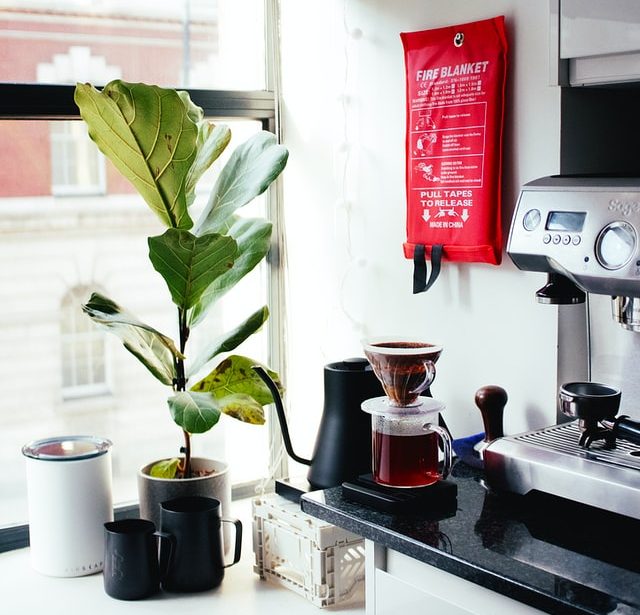One of the essential tools for preventing fires in restaurants is having a fire extinguisher on-site. This device discharges a fire-suppressing agent. This tool should be used only when other measures are insufficient, but all employees should know how to use one. NFPA 17A standards should be followed, and the kitchen system should be UL 300-compliant. Restaurant owners and managers should consider having their fire extinguishers inspected and certified.
Class K fire extinguisher
A restaurant fire safety plan should contain a variety of safety equipment and systems to protect your establishment and employees from the threat of a fire. Proper service, maintenance, and repair of fire extinguishers are an important part of the plan. Visit restaurant fire suppression systems NYC which provides restaurant fire protection solutions for residential and commercial properties. Their expert technicians perform initial installation and routine maintenance. Read on to learn more about this crucial safety equipment.
When evaluating fire safety in a restaurant, consider the type of fire extinguisher most appropriate for the establishment. Most restaurant kitchens use Class K fire extinguishers, specially designed to suppress flammable cooking oils and other combustible cooking media. You can choose a wheeled or fixed unit fire extinguisher to match the type of equipment in your establishment.
NFPA 17A
NFPA 17A covers the requirements for fire suppression systems in commercial kitchens. Wet chemical fire suppression systems are often used to protect these areas. NFPA 17A is a government standard that specifies the appropriate suppression system for commercial kitchens. The manual for the suppression system should be reviewed to determine its appropriateness for a specific restaurant. An experienced technician can help a restaurant determine which suppression system is right. Because different manufacturers have different training, the Otis Fire Protection company can advise and recommend the best suppression system for the needs of its customers.
Restaurants should implement a maintenance program to maintain the safety of their fire suppression systems. A maintenance program should be implemented involving designated employees and the fire suppression contractor. In addition to quarterly inspections, NFPA-17A requires a quick monthly check of the fire suppression system. This includes examining all mechanical components, inspecting releasing devices, piping, and hose assemblies, and conducting a trip test. In addition, fusible links should be checked for grease buildup and replaced per the manufacturer’s specifications.
UL 300-compliant kitchen systems
There are many benefits of UL 300-compliant kitchen systems for restaurants. Fire suppression systems are an essential safety measure in any kitchen, and most insurance companies will raise your rates if you’re not UL-compliant. Not only is compliance necessary for safety, but it can also prevent fines and litigation. The following are just a few reasons to invest in a restaurant fire suppression system.
First, UL 300 kitchen systems must comply with strict fire safety standards. Modern restaurant kitchens have many changes that can increase the hazard of fire. UL 300 was introduced to address these changes. For example, earlier commercial cooking used animal fat and had inconsistent cooking temperatures. In addition, the use of vegetable oils made cooking fires more difficult to control and re-ignite, posing a greater risk of spreading. Underwriters Laboratories recognized these changes and began testing commercial kitchen fire suppression systems that met the new standards.
Cost of inspections
Annual fire suppression inspections in restaurants are an essential part of restaurant safety. Fire marshals visit restaurants to ensure they follow the codes created to prevent fires and save lives. Fire protection codes, such as NFPA 101, are required by law in all places where food is prepared or served. You could be subject to fines and closure if your restaurant doesn’t follow fire safety codes. In some cases, insurance policies can also regulate fire protection codes.
Restaurant owners need to get fire suppression inspections for their hood and sprinkler systems. Depending on the size of your kitchen fire suppression system, the costs for such services vary. The National Fire Protection Association requires that restaurants undergo a fire suppression inspection and hood cleaning every six months. The website also lists the recommended cleaning frequencies for hoods. Failure to complete the required inspections can cost you your insurance and even cause the fire marshal to shut down your restaurant.

